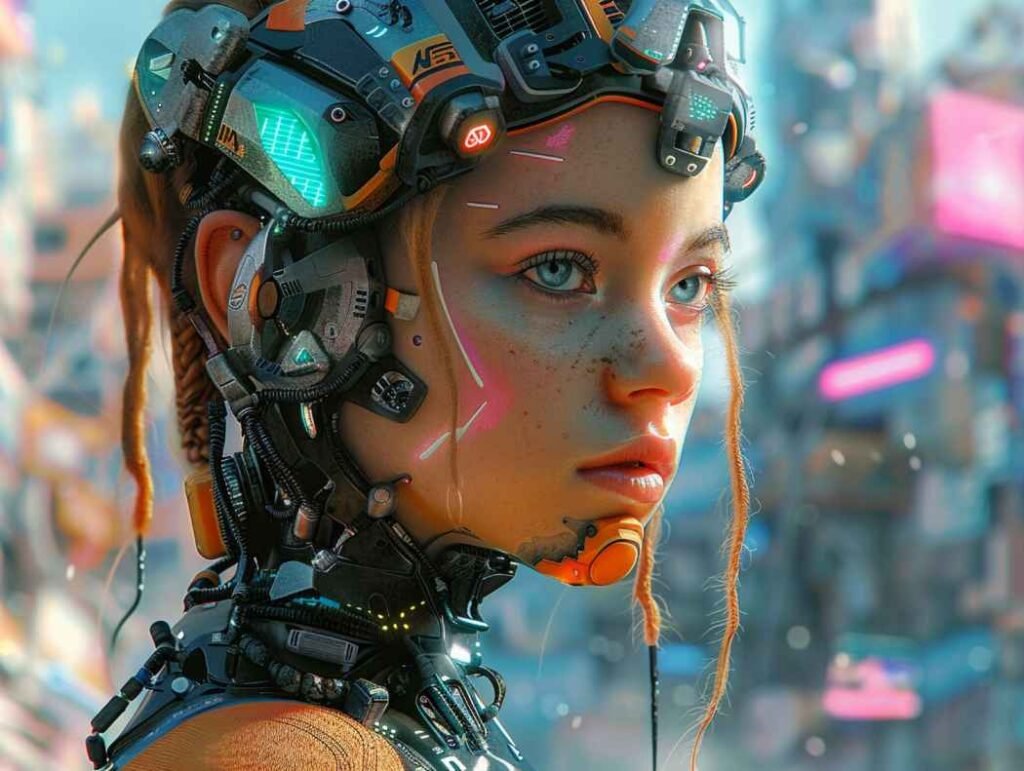Introduction
Deep Learning, a subset of machine learning, has become an integral part of the technological advancements shaping our world. By exploring real-life examples, we can gain insights into the profound impact of deep learning.
What is Deep Learning?
Basic Principles of Deep Learning
Deep learning involves training neural networks with large amounts of data to perform complex tasks. It mimics the human brain’s ability to learn from experience and recognize patterns.
Differences Between Deep Learning and Traditional Machine Learning
Unlike traditional machine learning, deep learning can automatically discover the features to be used for classification, leading to more accurate and sophisticated models.
Deep Learning in Image and Speech Recognition
Facial Recognition Technology
Facial recognition systems, powered by deep learning, are increasingly used in security and authentication processes, demonstrating remarkable accuracy in identifying individuals.
Voice-Activated Assistants
Voice-activated assistants like Siri and Alexa use deep learning to understand and respond to human speech, making interaction with technology more natural.
Deep Learning in Self-Driving Cars
Image and Sensor Data Processing
Self-driving cars rely on deep learning to process and interpret the vast amounts of image and sensor data, enabling them to navigate safely.
Decision Making in Autonomous Vehicles
Deep learning algorithms are key in making real-time decisions for autonomous vehicles, from identifying obstacles to route planning.
Deep Learning in Healthcare
Disease Diagnosis and Prediction
In healthcare, deep learning models are being used for early disease diagnosis and prediction, revolutionizing patient care and treatment strategies.
Drug Discovery and Personalized Medicine
Deep learning aids in drug discovery and the development of personalized medicine, tailoring treatments to individual genetic profiles.
Deep Learning in Finance
Fraud Detection Systems
Financial institutions employ deep learning in fraud detection systems, analyzing transaction patterns to identify and prevent fraudulent activities.
Algorithmic Trading
In the finance sector, algorithmic trading uses deep learning to make predictive models, driving efficient and profitable trading strategies.
Deep Learning in Entertainment and Media
Content Recommendations
Streaming services like Netflix use deep learning for personalized content recommendations, enhancing user experience by analyzing viewing patterns.
Digital Art and Music Creation
Deep learning is reshaping the creative process in art and music, enabling the generation of new forms of digital content.
Deep Learning in Language Translation and NLP
Real-Time Translation Services
Language translation services have been transformed by deep learning, enabling real-time, accurate translation across various languages.
Sentiment Analysis in Social Media
Deep learning is used in sentiment analysis to understand public opinion on social media platforms, identifying trends and patterns in user interactions.
The Role of Deep Learning in Robotics
Robotics and Automation
In robotics, deep learning is instrumental in enhancing automation capabilities, enabling robots to perform complex tasks with greater precision.
Humanoid Robots and Advanced AI
Humanoid robots equipped with advanced AI and deep learning algorithms are becoming increasingly sophisticated, capable of interacting and learning from their environment.
Challenges and Future of Deep Learning
Addressing Ethical Concerns
As deep learning applications grow, addressing ethical concerns such as data privacy and algorithmic bias becomes increasingly important.
Future Trends in Deep Learning Technology
The future of deep learning is promising, with potential advancements in AI interpretability, efficiency, and integration with other technologies.
Deep Learning in Everyday Life
Impact on Daily Activities
Deep learning has a growing impact on our daily activities, from personalized shopping experiences to smart home devices.
Increasing Accessibility of Deep Learning Applications
With the advancement of technology, deep learning applications are becoming more accessible, touching more aspects of our lives.
Conclusion
Deep learning has transformed numerous industries and everyday experiences, making its mark as a cornerstone of modern AI. As we continue to explore its capabilities, the horizon of deep learning applications keeps expanding.
FAQs Play sprunki phase 28 Anytime, Anywhere!
- How does deep learning differ from other AI technologies?
- Deep learning is a more advanced form of machine learning, capable of learning and making decisions without human intervention.
- Can deep learning be used in small-scale applications?
- Yes, deep learning can be scaled down for smaller applications, making it versatile for various uses.
- Is deep learning responsible for job losses?
- While it automates certain tasks, deep learning also creates new job opportunities and industries, reshaping the job market.
- How secure is deep learning in handling personal data?
- Deep learning systems must be designed with robust security measures to protect personal data, though challenges remain.
- Will deep learning continue to evolve?
- Yes, deep learning is an evolving field with continuous research leading to more advanced and efficient models.



